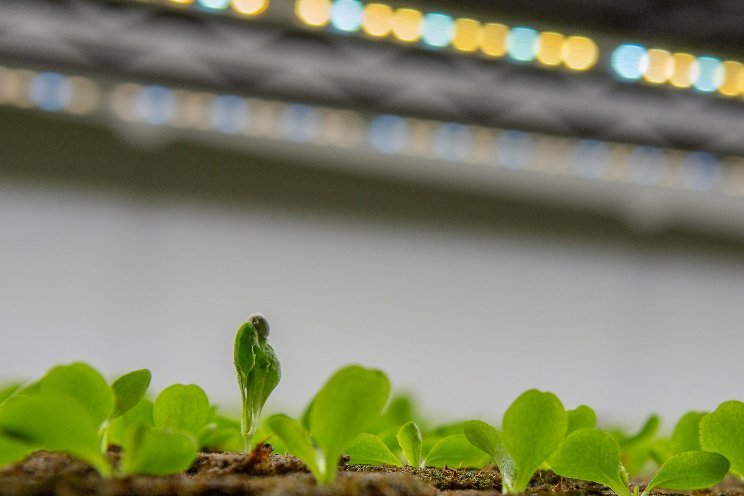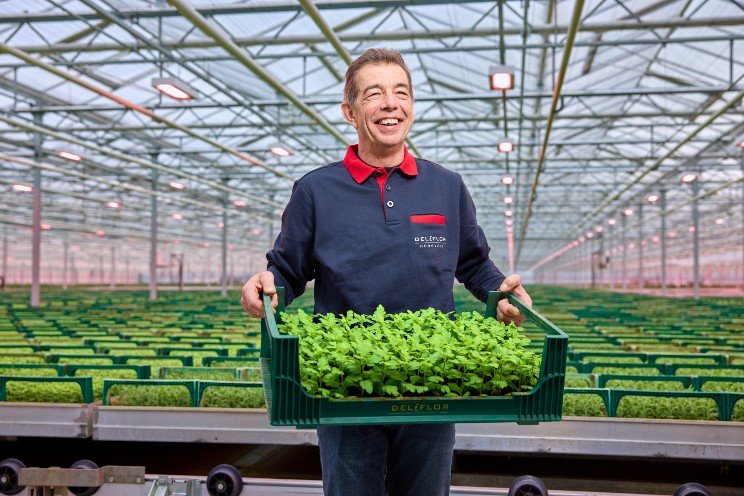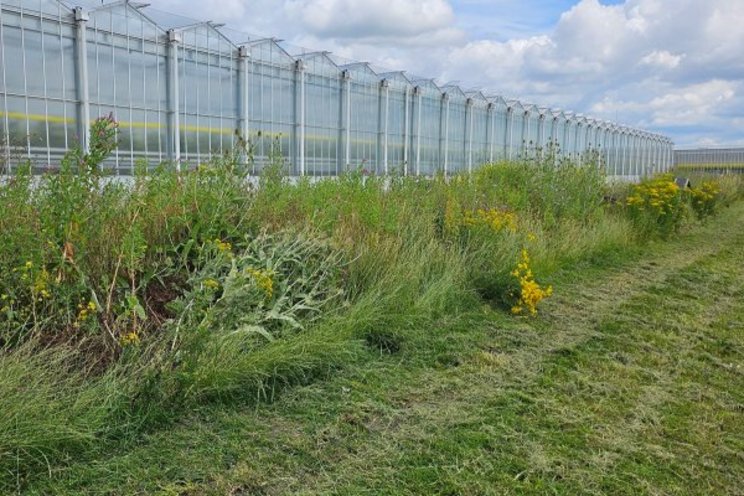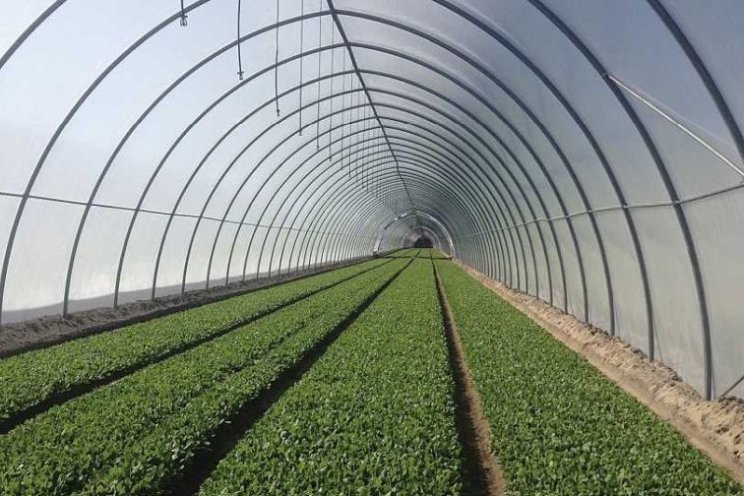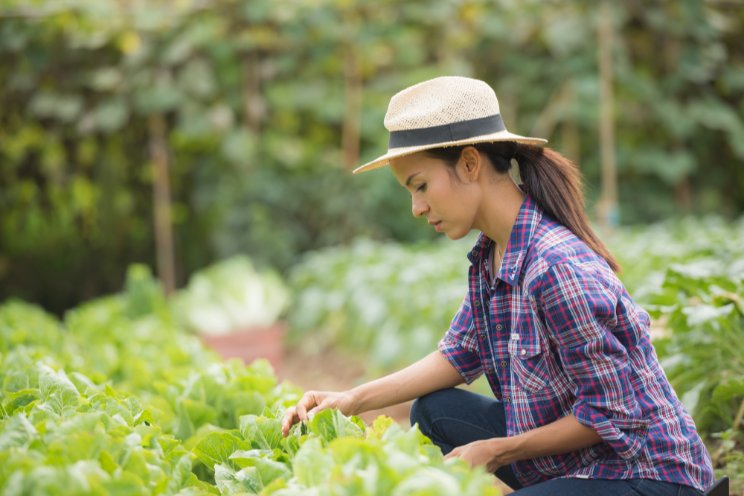Knowing the physical traits of your growing media
Added on 02 November 2023
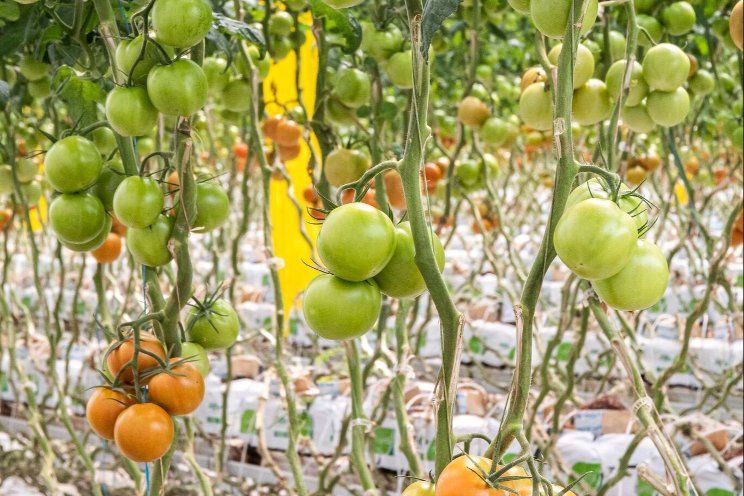
The physical characteristics of the substrates play a fundamental role. Aspects such as porosity, water holding capacity, structure, and drainage are decisive for the successful propagation of crops.
In a recent post on its website, the Jiffy Group explores all these issues in depth, offering insight into how these characteristics impact the propagation of different types of plants.
Crop propagation is a process that requires a solid foundation, and growing media play a crucial role in this initial stage. Three key physical characteristics deserve our special attention: porosity and water retention, structure and drainage, and aeration and space for root development.
Porosity and water retention: Porosity refers to the empty space in a growing medium and is vital for air circulation and water movement. Good porosity ensures that the roots receive the necessary oxygen and prevents waterlogging of the substrate. On the other hand, water retention is the ability of the substrate to maintain the moisture necessary for plant growth. A balance between porosity and water retention is essential, as too much water retention can lead to root suffocation, while too much porosity can lead to unsustainable dryness and poor propagation.
More news

